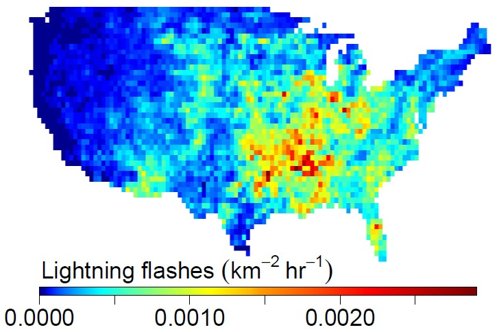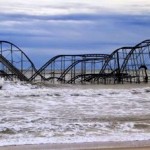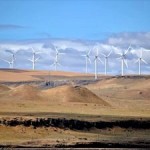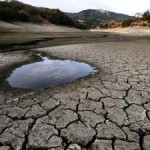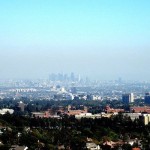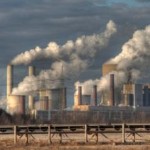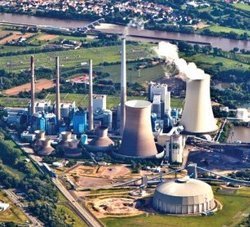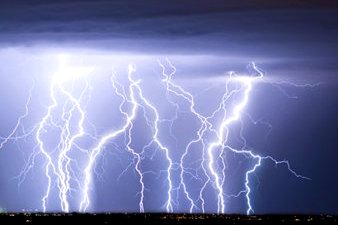 Berkeley – Today’s climate models predict a 50 percent increase in lightning strikes across the United States during this century as a result of warming temperatures associated with climate change.
Berkeley – Today’s climate models predict a 50 percent increase in lightning strikes across the United States during this century as a result of warming temperatures associated with climate change.
Reporting in the November 14 issue of the journal Science, UC Berkeley climate scientist David Romps and his colleagues look at predictions of precipitation and cloud buoyancy in 11 different climate models and conclude that their combined effect will generate more frequent electrical discharges to the ground.
“With warming, thunderstorms become more explosive,” said Romps, an Assistant Professor of Earth and Planetary Science and a faculty scientist at Lawrence Berkeley National Laboratory. “This has to do with water vapour, which is the fuel for explosive deep convection in the atmosphere. Warming causes there to be more water vapour in the atmosphere, and if you have more fuel lying around, when you get ignition, it can go big time.”
More lightning strikes mean more human injuries; estimates of people struck each year range from the hundreds to nearly a thousand, with scores of deaths. But another significant impact of increased lightning strikes would be more wildfires, since half of all fires – and often the hardest to fight – are ignited by lightning, Romps said. More lightning also would likely generate more nitrogen oxides in the atmosphere, which exert a strong control on atmospheric chemistry.
While some studies have shown changes in lightning associated with seasonal or year-to-year variations in temperature, there have been no reliable analyses to indicate what the future may hold. Romps and graduate student Jacob Seeley hypothesized that two atmospheric properties – precipitation and cloud buoyancy – together might be a predictor of lightning, and looked at observations during 2011 to see if there was a correlation.
“Lightning is caused by charge separation within clouds, and to maximize charge separation, you have to loft more water vapour and heavy ice particles into the atmosphere,” he said. “We already know that the faster the updrafts, the more lightning, and the more precipitation, the more lightning.”
Precipitation – the total amount of water hitting the ground in the form of rain, snow, hail or other forms – is basically a measure of how convective the atmosphere is, he said, and convection generates lightning. The ascent speeds of those convective clouds are determined by a factor called CAPE – convective available potential energy – which is measured by balloon-borne instruments, called radiosondes, released around the United States twice a day.
“CAPE is a measure of how potentially explosive the atmosphere is, that is, how buoyant a parcel of air would be if you got it convecting, if you got it to punch through overlying air into the free troposphere,” Romps said. “We hypothesized that the product of precipitation and CAPE would predict lightning.”
Using US Weather Service data on precipitation, radiosonde measurements of CAPE and lightning strike counts from the National Lightning Detection Network (NLDN) at the University of Albany, State University of New York (UAlbany), they concluded that 77 percent of the variations in lightning strikes could be predicted from knowing just these two parameters.
